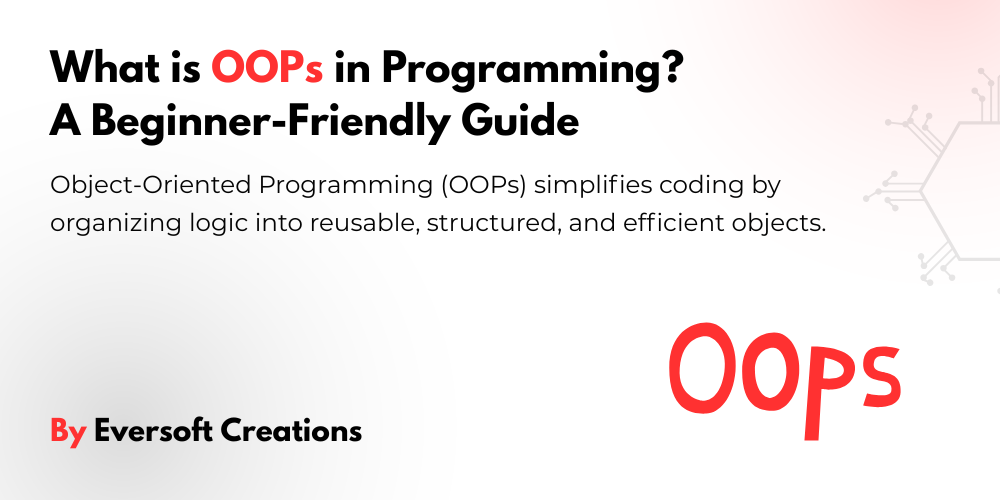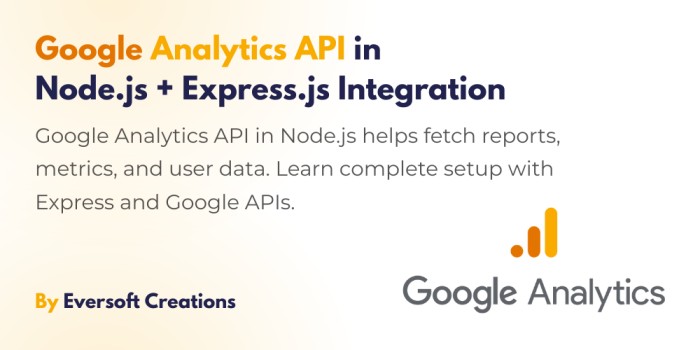As a beginner in programming, you might have discovered OOPs which stands for Object-Oriented Programming. The idea is used in popular programming languages today such as JavaScript, Python, Java, C++ and others. In this complete blog, you’ll find explanations about OOPs, why it’s necessary and how you can begin using it in your programming.
OOPs is helpful to anyone at any level, as it helps you compile lines of code into organized, efficient and understandable programs. In addition, this post will be related to our tutorials on JavaScript Variables and JavaScript Functions to help you understand more easily.
What is OOPs?
OOPs refers to the Object-Oriented Programming System. This programming paradigm focuses on using objects when designing programs. Objects are created by applying the structure defined by the classes. Both data and code can be included in each object.
To put it simply, OOPs allows you to arrange your code in an organized and adaptable manner.
Let’s break it down:
- Object: A real-world entity, like a car or a person.
- Class: A template or blueprint for creating objects.
Instead of writing a program one line at a time like a story (for procedural programming), OOPs allows you to make objects that can be reused and shape your code around them.
Why Use Object-Oriented Programming?
There are many reasons why OOPs is widely used:
- Modularity: Code is divided into self-contained objects.
- Reusability: Use the same class to create multiple objects.
- Scalability: Easy to expand or modify.
- Maintainability: Easier to debug and maintain.
- Security: Supports concepts like encapsulation to protect data.
In short, OOPs makes programming easier, more efficient, and more fun!
Four Core Concepts of OOPs
There are four main pillars of object-oriented programming:
1. Encapsulation
It refers to the act of hiding how an object is built inside. Only necessary information is shared using public functions or methods.
Example:
class Car {
constructor(brand) {
this._brand = brand; // private variable
}
getBrand() {
return this._brand;
}
}
const myCar = new Car("Toyota");
console.log(myCar.getBrand()); // Toyota
2. Inheritance
Inheritance helps a class get properties and methods from another class. It allows codes to be copied and used again.
Example:
class Animal {
speak() {
console.log("Animal speaks");
}
}
class Dog extends Animal {
bark() {
console.log("Dog barks");
}
}
const dog = new Dog();
dog.speak(); // Animal speaks
dog.bark(); // Dog barks
3. Polymorphism
Polymorphism describes the ability to take on many forms. Obviously, they can always use the features and methods from their parent class, but they can also have their own set of actions.
Example:
class Animal {
speak() {
console.log("Animal makes a sound");
}
}
class Cat extends Animal {
speak() {
console.log("Cat meows");
}
}
const pet = new Cat();
pet.speak(); // Cat meows
4. Abstraction
Abstraction removes inner complex details and highlights only the necessary points.
Example:
class BankAccount {
constructor(balance) {
this._balance = balance;
}
deposit(amount) {
this._balance += amount;
}
getBalance() {
return this._balance;
}
}
const account = new BankAccount(1000);
account.deposit(500);
console.log(account.getBalance()); // 1500
Benefits of OOPs
Here are some benefits of using OOPs:
- Organized Code: Code is easier to read and understand.
- Faster Development: Reuse of code saves time.
- Improved Productivity: Easier to manage large projects.
- Better Testing: Easier to isolate and test different components.
Real-Life Examples of OOPs
Example 1: A Library System
A Book class can hold properties such as title, author and ISBN. You can go on to create as many book objects as you need.
Example 2: Online Shopping
So, we can have a User class to manage login and logout, a Product class for every product sold and other similar classes.
Example 3: Video Games
Each character in the game is an object. They all inherit from a common class like Player or Enemy, but each behaves differently.
OOPs in JavaScript
JavaScript supports OOPs through its class syntax introduced in ES6.
Defining a Class:
class Person {
constructor(name, age) {
this.name = name;
this.age = age;
}
greet() {
console.log(`Hi, my name is ${this.name}`);
}
}
const john = new Person("John", 25);
john.greet(); // Hi, my name is John
OOPs are very useful when working with complex apps in JavaScript. If you’re not familiar with JavaScript basics, check out our beginner guides on JavaScript Variables and JavaScript Functions.
OOPs vs. Procedural Programming
Let’s quickly compare:
| Feature | OOPs | Procedural Programming |
| Structure | Uses classes and objects | Uses functions and procedures |
| Reusability | High | Low |
| Modularity | Excellent | Average |
| Maintenance | Easier | Difficult |
| Examples | Java, Python, JavaScript | C, Pascal |
Final Thoughts
Object-Oriented Programming is helpful in any programmer’s collection of tools. After you grasp how to use objects in your code, programming will make more sense and be less challenging. You will also learn to use and work on large-scale applications and frameworks.
More Programming Blogs at Eversoft Creations
Thanks for reading! If you found this article helpful and want to dive deeper into the world of programming, be sure to visit Eversoft Creations for more beginner-friendly tutorials, coding guides, and tips to help you grow as a developer.



